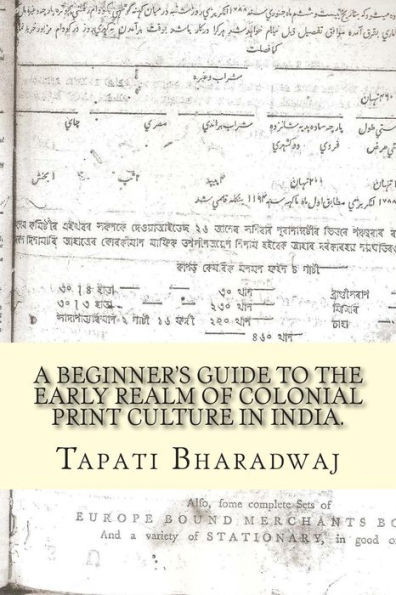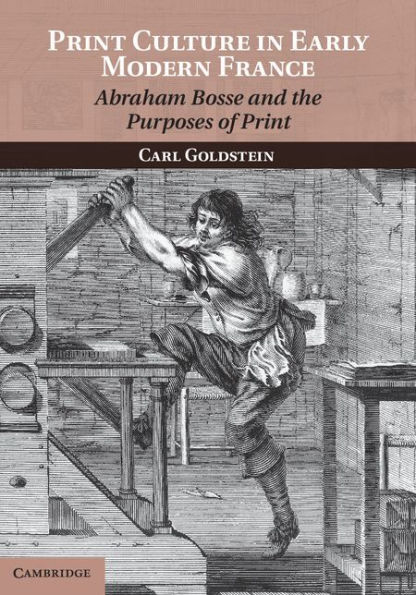Home
A Beginners Guide to the Early Realm of Colonial Print Culture in India: Making sense of the curious nature of early print in Bengal (1780-1820).
Loading Inventory...
Barnes and Noble
A Beginners Guide to the Early Realm of Colonial Print Culture in India: Making sense of the curious nature of early print in Bengal (1780-1820).
Current price: $8.00


Barnes and Noble
A Beginners Guide to the Early Realm of Colonial Print Culture in India: Making sense of the curious nature of early print in Bengal (1780-1820).
Current price: $8.00
Loading Inventory...
Size: OS
*Product Information may vary - to confirm product availability, pricing, and additional information please contact Barnes and Noble
In the last two decades of the eighteenth century, a realm of print culture evolved in Calcutta serving the needs of empire. The East India Company used this realm--which printed news, gossip, Oriental scholarship, literary journals--to establish and maintain its control over the territories. Moreover, the printed scholarship of the scholar-administrators of the East India Company reveals their belief that print technology was a step into modernity, a move away from Indian scribal culture. Print culture, in Bengal pre-1800 was produced for a non-native audience, that was also located in Europe. As content determines how interpretations take place, I have argued that the white settlers read in order to create a sense of imperial identity and thus, print technology in the colonial context was never innocent. Between 1780 and 1800, many newspapers in Calcutta printed news in multiple languages side by side on the same sheet of paper. This was a moment in the history of newspapers in England and in India that had not happened before and was not replicated subsequently. Any reader of these beautiful multilingual sheets of paper would question as to why such newspapers went out of fashion in a few decades after they were printed. Not only had the new technology of print culture entered India with the Britishers but also, this technology, in the process of establishing itself within a colonial situation, underwent changes on how it was conceptualized. Is it possible that such a multilingual text could only happen in south Asia where a multilingual society exists. In some ways, and unwittingly so, the Britishers captured an aspect of Indian society within these printed texts and the sheer spirit of invention marks these newspapers. The possibilities of what could have been if newspapers had continued to be multilingual are not explored for it denotes an epistemic shift, thus answering a question: what happens when a technology that has its origins in a different social space enters a new geographical locale and how does it change?








